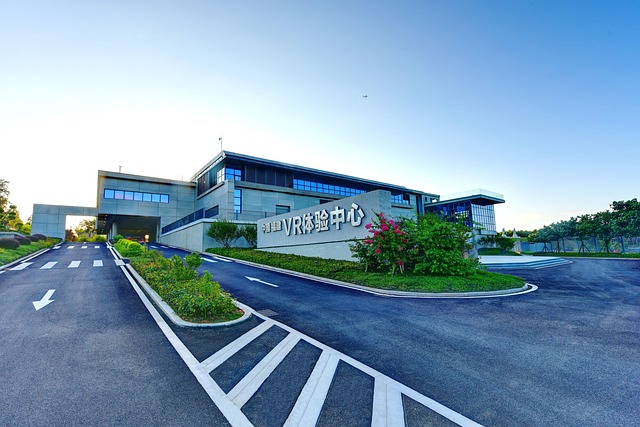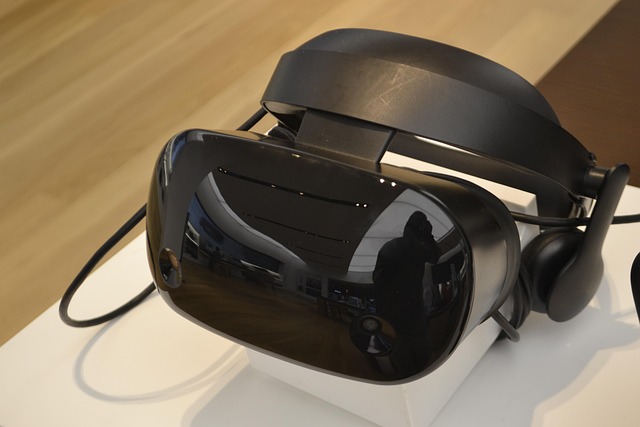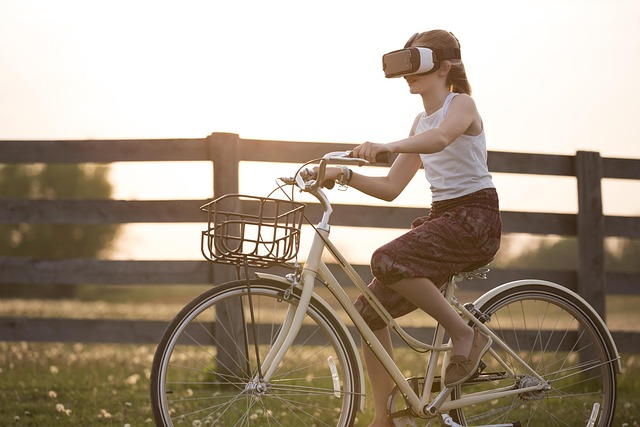In the rapidly expanding realm of interactive entertainment, the phrase “VR community building” has emerged as a central concept for developers and players alike. It goes beyond the mere deployment of headsets and motion controllers; it encompasses the creation of living, breathing ecosystems where users can collaborate, compete, and craft shared narratives. The shift from isolated gaming sessions to expansive, socially connected worlds mirrors the broader evolution of the metaverse, where virtual spaces are becoming an integral part of daily life.
Historical Foundations of VR Social Spaces
The first forays into social VR can be traced back to the early 2000s, when experimental platforms like Active Worlds and Second Life offered users avatars and shared environments. These early systems relied on low‑resolution graphics and modest bandwidth, yet they laid the groundwork for the concept of persistent, community‑driven worlds. The introduction of standalone headsets such as the Oculus Rift and HTC Vive in 2016 marked a pivotal moment, dramatically increasing immersion and accessibility.
During this transition, developers recognized that simply providing hardware was insufficient. The true potential of VR hinged on the ability to foster engaging, self‑sustaining communities—what we now call VR community building. The focus shifted toward designing systems that encouraged player agency, social interaction, and long‑term content creation.
Core Principles of VR Community Building
Effective VR community building rests on three interlocking pillars: immersion, identity, and reciprocity. Immersion ensures that players feel physically present in the virtual world, while identity allows them to express themselves through customizable avatars and personal spaces. Reciprocity, the sense that each participant’s actions have meaningful impact on others, sustains engagement and fuels collaboration.
“In VR, community is not just about what people do together, but how they feel about doing it.” – Veteran VR Designer
When these pillars are balanced, a self‑reinforcing loop emerges: players invest time and creativity, receive social feedback, and in turn, contribute more content, which attracts new members.
Technology Enablers for Immersive Interaction
Several technological components underpin successful VR community building. Hardware advances, such as inside‑out tracking and hand‑tracking controllers, provide natural, intuitive interactions. On the software side, spatial audio engines enable realistic soundscapes, enhancing the feeling of presence.
Network infrastructure is equally critical. Low‑latency, high‑bandwidth connections allow for real‑time synchronization of player movements and actions. Server‑side architectures that support dynamic scaling help maintain performance as communities grow.
Augmented Reality (AR) is increasingly interwoven into VR ecosystems, offering hybrid experiences where virtual overlays coexist with real‑world environments. This blending expands community building possibilities by enabling collaborative sessions that span physical and digital spaces.
Social Mechanics and Governance
Beyond the technical stack, robust social mechanics are vital. Avatar customization fosters individuality, while chat systems—text, voice, and gesture—facilitate communication. Reputation systems and guild structures provide social hierarchies that reward positive contributions and create shared goals.
- Community moderation tools allow users to self‑regulate, reducing toxic behavior and preserving inclusive atmospheres.
- Player‑generated content pipelines encourage continuous innovation, from custom maps to user‑made quests.
- Event scheduling and notification systems keep the community informed about upcoming activities, strengthening engagement.
Governance models that blend top‑down oversight with decentralized decision‑making empower users to shape the direction of their shared spaces.
Case Studies of Successful VR Communities
While we avoid proprietary references, numerous publicly observed VR ecosystems illustrate the power of deliberate community building. One notable example is a multiplayer role‑playing platform that leverages modular level design, allowing players to construct and host their own dungeons. The platform’s internal economy rewards creators with in‑game currency, fostering a vibrant marketplace of user‑made content.
Another case is an open‑world social VR experience where users design and trade virtual real estate. Here, real‑time collaboration tools enable groups of players to architect sprawling cityscapes together, reinforcing the sense of co‑creation.
Both examples demonstrate that when developers prioritize immersion, identity expression, and reciprocal interaction, VR community building naturally flourishes.
Common Challenges and Mitigation Strategies
Despite clear benefits, building robust VR communities faces hurdles. High entry costs for hardware can limit demographic diversity. To counter this, developers can adopt device‑agnostic designs or partner with hardware distributors for discounted access.
Latency spikes and server downtimes undermine trust. Implementing edge‑compute nodes and employing adaptive quality scaling help maintain consistent performance.
Social fragmentation—where players form isolated cliques—can stifle broader community cohesion. Introducing cross‑clan events and shared resource systems encourages inter‑group interaction.
By addressing these issues proactively, the VR community building process becomes more resilient and inclusive.
The Future of VR Community Building
Looking ahead, the integration of artificial intelligence into VR spaces promises to deepen personalization and moderation. AI‑driven NPCs can adapt to individual play styles, providing dynamic challenges and storytelling. AI moderators can automatically detect harassment, ensuring safer environments.
Meanwhile, the convergence of VR, AR, and traditional gaming platforms points toward a more seamless metaverse experience. Cross‑platform avatars and shared assets will allow users to traverse virtual worlds without friction, extending the reach of VR community building.
Moreover, advancements in haptic feedback and olfactory displays will add new sensory layers to social interactions, further blurring the line between digital and physical presence.
Actionable Take‑aways for Developers and Players
For developers:
- Prioritize low‑latency networking and scalable server architecture.
- Embed robust user‑generated content pipelines early in the design cycle.
- Implement inclusive avatar customization options and dynamic social features.
For players:
- Engage with community governance—vote on proposals, participate in moderation.
- Contribute to shared projects, whether by designing levels or providing feedback.
- Explore cross‑platform events to broaden social networks and experience diverse gameplay.
In summary, VR community building is not a peripheral afterthought but the cornerstone of immersive gaming and metaverse interaction. By weaving together cutting‑edge technology, thoughtful social design, and continuous community empowerment, creators can craft virtual worlds that feel alive, welcoming, and endlessly expandable. As the metaverse grows, the communities that thrive within it will define the cultural and experiential fabric of tomorrow’s digital landscapes.




